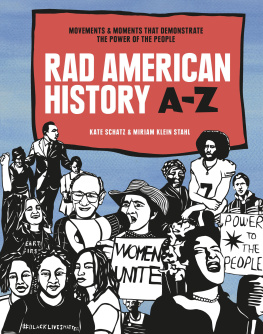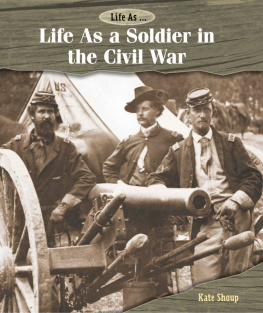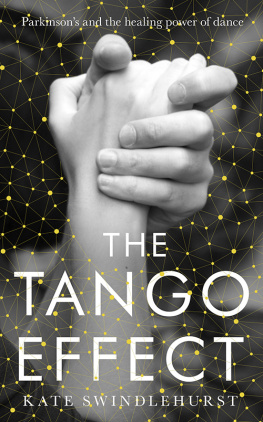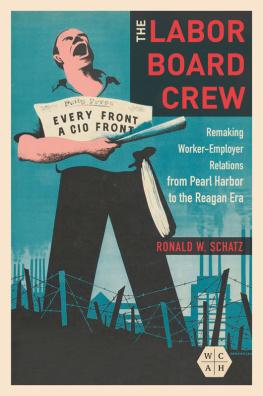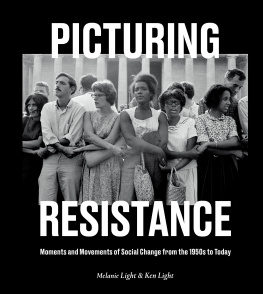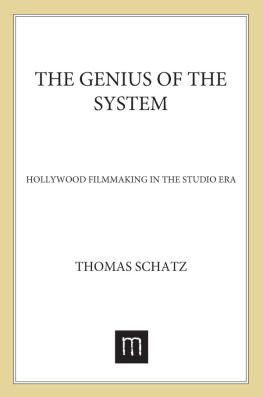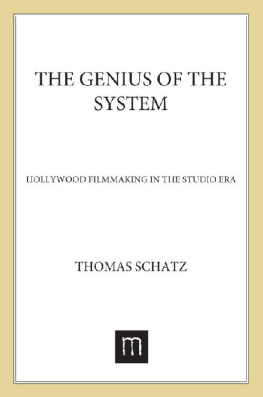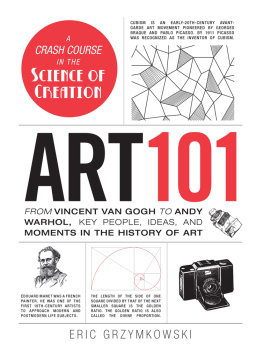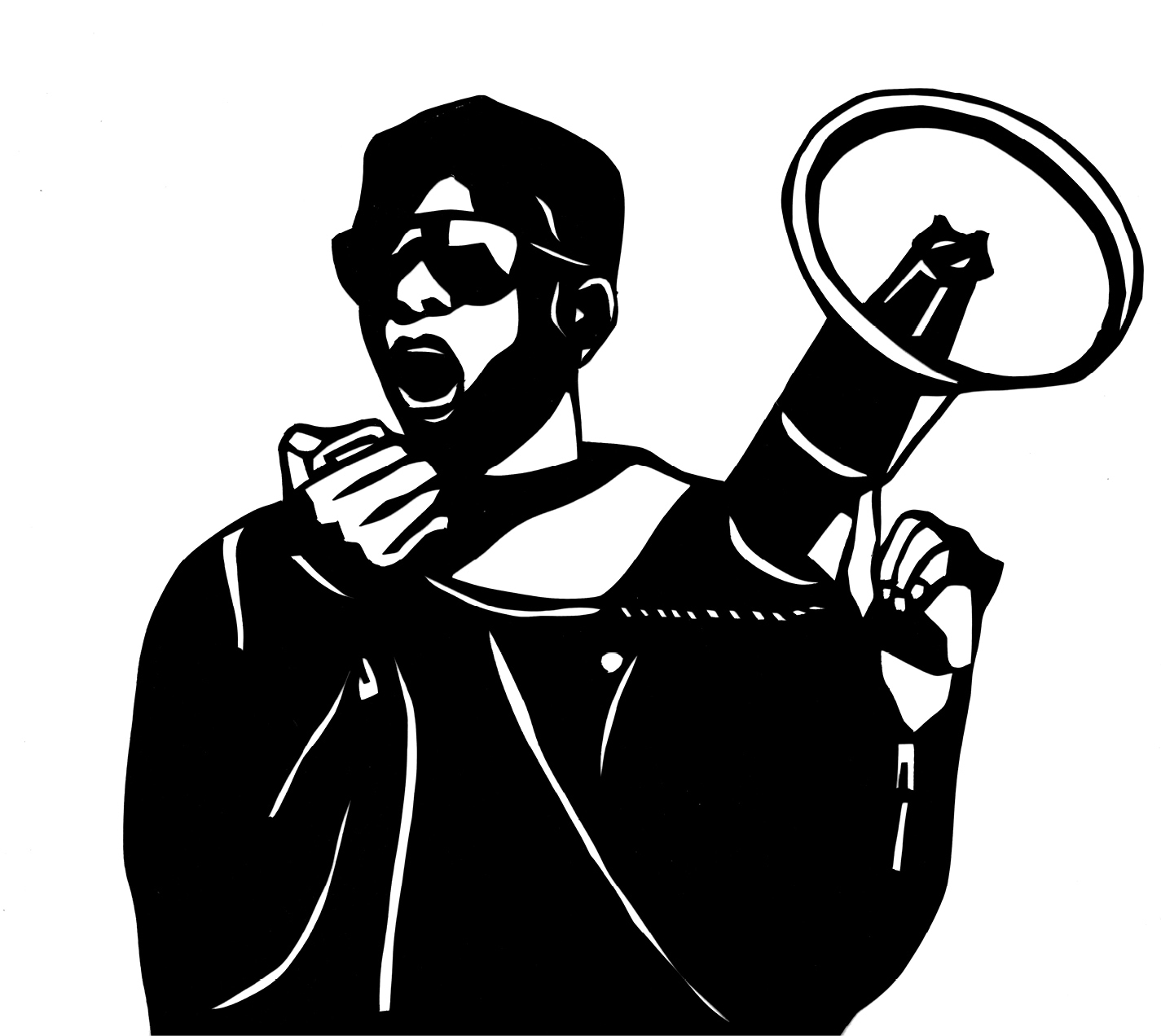Contents
Landmarks
Print Page List
Acknowledgments
As always, we thank our friends, colleagues, and families, who sustain, love, and support us.
The Ten Speed Press team, who give us the space to put radical work into the world. Charlotte and Steven, who advocate and root for us.
Mia Eichel and Ayame Keane-Lee, for being invaluable research assistants.
Professor Thanayi Jackson, Professor Larissa Mercado-Lpez, Jason Pontius, and Leslie Van Every, for being brilliant outside readers with clear, critical eyes.
A big thank you to Lena Wolff for encouraging an expanded art form and for sharing her studio space, and the Sullivan family for the space, time, and snacks.
The following people provided input, advice, and support during the early stages of this book, truly helping to shape and guide it:
Amy Sonnie, Andrea Yee, Angela Moffett, Anoop Mirpuri, Caterina Meyers, Catherine Newman, Constance Moore, Debra Michals, Erika Mailman, Hindatu Mohammed, Innosanto Nagara, James Costello, Jennifer Ruby, Julie Scelfo, Julie Shayne, Kati Dombrosky, Lauren Pariani, Leslie Tolf, Lisa Vallejos, Mary Roach, Matthew Zapruder, Nina Portugal, Rachel-Anne Palacios, Ray Black, Rebecca Skloot, Rob Waters, Shannon Erby, Stephanie Piper, and W. Kamau Bell
Enormous gratitude to the following people, who offered invaluable feedback, critique, stories, and information, often speaking and corresponding with us at length as we crafted and edited each story and picture. Thank you for your time, generosity, and scholarship:
Adam Mansbach, Alexandria Villaseor and family, Alicia Garza, Amanda Yates Garcia, Anna Tamura, Annie Anderson, Anya Jabour, Ashley Farmer, Barbara Schatz, Barbara Smith, Bridie Lee, Bruce Johansen, Carol Faulkner, Carolyn Norr, Cava Menzies, Cleve Jones, Corin Tucker, Daniela Sea, David Solnit, Dori Midnight, Dunstan Bruce, Emily Klein, Eric Reiss, Innosanto Nagara, Isha Clarke, Jamie Margolin, Jane Pincus, Jasilyn Charger, Jen Smith, Jennifer Burek Pierce, Jennifer Lutzenberger Phillips, Jenny Schmidt, Joan Ditzion, Josh Healey, Judy Norsigian, Karen Korematsu, Kelsey Juliana, LaNada War Jack, Laura Atkins, Laura Belmonte, LeRoy Hill and the Haudenosaunee Confederacy, Lisa Tetrault, Maegan Parker Brooks, Mark Stryker, Martha Olney, Mereya Goetzinger-Blanco, Mia Bonta, Michael M. Hughes, Michelle Tea, Nikki McClure, Noelani Goodyear, Our Bodies, Ourselves founders, Representative Rob Bonta, Samantha May, Sara Marcus, Sherrie Tucker, Stan Yogi, Stuart James, Susan Zakin, Tammy Rae Carland, Thomas Gregory, Tokata Iron Eyes, Tony Uranday, and Wayne Wiegand
Note: We consulted with many brilliant individuals who helped us immensely in the writing of this book. However, please know that any errors, factual or otherwise, are ours. We welcome feedback and will do what we can to make corrections in future editions.
For more information, a selected bibliography, and additional resources, please visit www.radamericanhistory.com
About the Author and Illustrator
Kate Schatz and Miriam Klein Stahl are the author and illustrator of the New York Times bestselling books Rad American Women AZ and Rad Women Worldwide, as well as Rad Girls Can and My Rad Life: A Journal . They are artists, educators, activists, and history geeks who dream of and work toward a just, feminist, and rad future for all. They live in the San Francisco Bay Area with their families and pets.
Miriams papercut illustrations are created using paper, pencil, and an X-Acto knife. Background paintings are done using watercolors.
Notes on the Illustrations
The art in Rad American History AZ is original papercuts and watercolors by Miriam Klein Stahl. Following are descriptions of select images.
Two Alcatraz occupiers, Oohosis (left) and Sandy Berger (right)
#BlackLivesMatter founders (left to right) Opal Tometi, Alicia Garza, and Patrisse Cullors, in front of generations of civil rights and racial justice activists
Harriet Tubman and the Combahee River
Members of the Combahee River Collective marching in Boston in 1970
Lucretia Mott and the Declaration of Sentiments
Judi Bari and the redwoods
Earth First! logo
Art based on WPA poster imagery
1937 promotional poster for Revolt of the Beavers
White pine tree with eagle set against traditional Iroquois wampum belt
Traditional Iroquois longhouse
Hull House, based on a 1910 postcard
Jane Addams (left) and Ellen Gates Starr (right)
Ed Roberts (left) and Don Galloway (right) on Telegraph Avenue in Berkeley, California
Judy Heumann
Billie Holiday
Japanese-owned business in Oakland, California, just before the owner was forced into a prison camp in March 1942; based on a photograph by Dorothea Lange
Fred Korematsu
Library books in front of a card catalog
Carla Hayden
The first Carnegie Library in the US, built in 1888 in Braddock, Pennsylvania
2017 Womens March
1917 NAACP Silent Parade
Dr. Martin Luther King Jr. walking with children in Birmingham, Alabama
2018 March for Our Lives speakers (left to right) Edna Chavez, Emma Gonzalez, and Naomi Wadler
The toxic debris, smoke, and water vapor from a nuclear bomb detonation, called a mushroom cloud
Flyer for the St. Louis Baby Tooth Survey (circa 1950s)
Cover of the 1971 edition of Our Bodies, Ourselves
The founding members of the Boston Womens Health Book Collective (1976)
Sister Corita in her studio
The AIDS quilt displayed on the National Mall in Washington, DC
Gees Bend quilters
Riot grrrls (clockwise from left): Leslie Mah, Nick Yapor-Cox, Ulla McKnight, Daniela Sea, unknown, Deez Nutzian, and Marion Finocchio, based on photographs by Ace Morgan (early 1990s)
Cover of Tammy Rae Carlands zine I Heart Amy Carter (1992)
Stonewall participants (left to right) Marsha P. Johnson, Storm DeLarverie, and Sylvia Rivera
Jewish workers mourning the Triangle Shirtwaist victims
Rose Schneiderman
Dolores Huerta and UFW activists
Fannie Lou Hamer in front of the White House
Silent Sentinels picketing the White House
An accused witch on trial (1692), based on an 1878 drawing of the trials of Giles and Martha Corey by Charles Reinhardt
Members of W.I.T.C.H. (2019)
Jamie Margolin and climate activists
Occupy Wall Street protests at Zuccotti Park (2011)
AdBusters advertisement (2011)
A
is for
ALCATRAZ
AND THE INDIAN OCCUPATION OF 1969
We hold the Rock!
FROM THE ALCATRAZ PROCLAMATION
IT WAS 2:00 A.M. on a chilly November night when the first boats set sail for the rocky island in the middle of San Francisco Bay. Alcatraz, the site of the infamous federal prison that once housed gangster Al Capone, had been abandoned and unused for years. The people on board the boats huddled together with their sleeping bags and backpacks, hearts racing as they made the crossing.
The 79 women and men on the boat had several things in common: they were all college students, they were all activists, and, though they came from different tribes, they were all Native American. And they were planning to take over Alcatraz, also known as The Rock, to protest centuries of injustices committed against their people.
Would the Coast Guard stop them, or would they make it onto Alcatraz? Would their plan actually work? And if they did make it, what would happen next?

